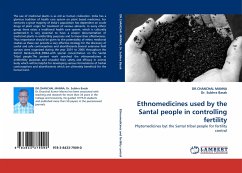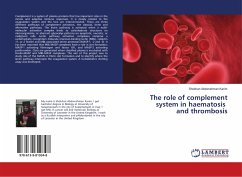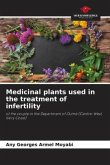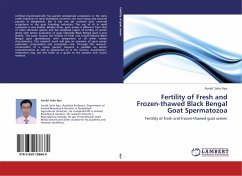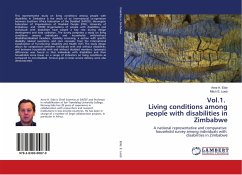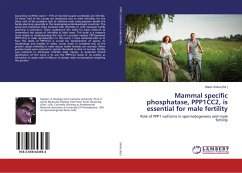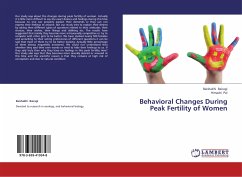The use of medicinal plants is as old as human civilization. India has a glorious tradition of health care system on plant based medicines. For centuries a great majority of India's population has dependent on crude drugs of plant origin for treatment of various ailments. In every ethnic group there exists a traditional health care system, which is culturally patterned.It is very essential to have a proper documentation of medicinal plants in antifertility purposes and to know their effectiveness. Thus importance should be given to the potentiality of ethno medicinal studies as these can provide a very effective strategy for the discovery of useful and safe contraceptives and abortifacients.Several extensive field surveys were organized during the year 2001 to 2006 throughout the district Bankura,W.B.,INDIA.with special concentration on the Santal Tribal people.The present work searched the ethnomedicines in antifertility purposes and revealed their safety and efficacy in animal body which will be helpful for developing various formulations of herbal contraceptives and abortifacients which are ultimately beneficial for the human kind.

